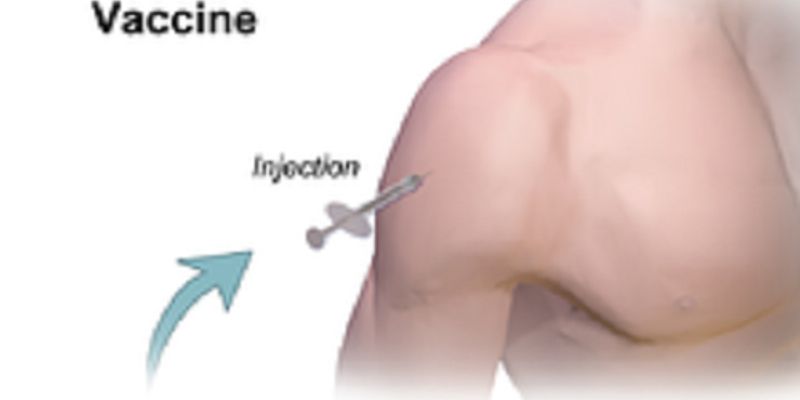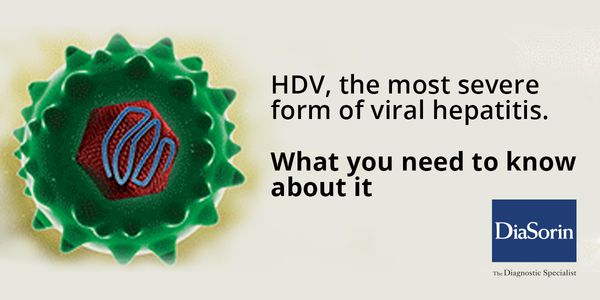Vaccine
Vaccine: a substance used to stimulate the production of antibodies and provide immunity against one or several diseases, prepared from the causative agent of a disease, its products, or a synthetic substitute, treated to act as an antigen without inducing the disease. A vaccine typically contains an agent that resembles a disease-causing microorganism and is often made from weakened or killed forms of the microbe, its toxins or one of its surface proteins. The agent stimulates the body's immune system to recognize the agent as a threat, destroy it, and recognize and destroy any of these microorganisms that it later encounters.
-
AUG 14, 2019 | 9:00 AMDATE: August 14, 2019TIME: 9:00am PT. 12:00pm ET Implementation of Lean Methodology in Biobanking Operations to standardize sample management processes is effective. Each proce...JUL 30, 2019 | 6:00 AMDATE: July 30, 2019TIME: 6:00am PT, 9:00am ET The current version of the EMA Guideline for the environmental risk assessment of human drugs was published in 2006. This guidance...DEC 13, 2018 | 6:00 AMDATE: December 13, 2018TIME: 6:00am PT, 3:00pm CET La complejidad de los pacientes hospitalizados con sospecha de infección suscita...DEC 11, 2018 | 10:00 AMDATE: December 11, 2018TIME: 11:00 PSTThis webinar will focus on how Reichert's Surface Plasmon Resonance (SPR) systems can generate additional valuable information that is not...NOV 15, 2018 | 6:00 AMDATE: November 15,2018TIME: 06:00am PST, 09:00am EST, 3:00pm CET Hepatitis D virus (HDV) is a unique RNA virus that requires the hepatitis B surface antigen (HBsAg) to...NOV 08, 2018 | 9:00 AMDATE: November 8, 2018TIME: 9:00AM PDTAnnual epidemics of influenza place a substantial burden on the health of people in the United States. CDC estimates that influenza has...As the most common female malignancy, breast cancer is the most likely reason that a woman will die of cancer around the world. Breast cancer mortality has dropped in the U.S. by 35% since 19...Speaker: Benjamin Anderson, MD
Lung cancer is the leading cause of cancer-related mortality worldwide. Large-scale sequencing studies have revealed the complex genomic landscape of NSCLC and genomic differences between lun...
Speaker:
Nicholas McGranahan, PhD
Two projects looking at novel approaches to targeting inflammatory breast cancer will be presented. Inflammatory breast cancer (IBC) is a unique, understudied, and most lethal subtype account...
Speaker:
Kevin Williams, PhD
The oncogenic transcription factor c-MYC (MYC) is deregulated, and often overexpressed, in more than 50% of cancers. MYC deregulation is associated with poor prognosis and aggressive disease,...
Speaker:
Jason De Melo, PhD
In the past two decades a small number of infrequently dividing cells have been proposed as the source of multi-drug resistance during cancer treatment. These cells identified by their expres...
Speaker:
Krastan Blagoev, PhD
PacBio Sequencing simultaneously provides long sequence reads, high consensus accuracy, minimal sequence bias, and methylation detection. I will highlight new advances and updates on applying...
Speaker:
Jonas Korlach, PhD
To date the anatomic extent of tumor (TNM-classification) has been by far the most important factors to predict the prognosis of cancer patients. However, this classification provides limited...
Speaker:
Jerome Galon, PhD
RNA sequencing unlocks the mysteries hidden in the transcriptome. Whether your goal is gene expression analysis, gene fusion analysis, SNP analysis or miRNA expression analysis, achieving hig...
Speaker:
Jonathan Shaffer, PhD, MBA
























